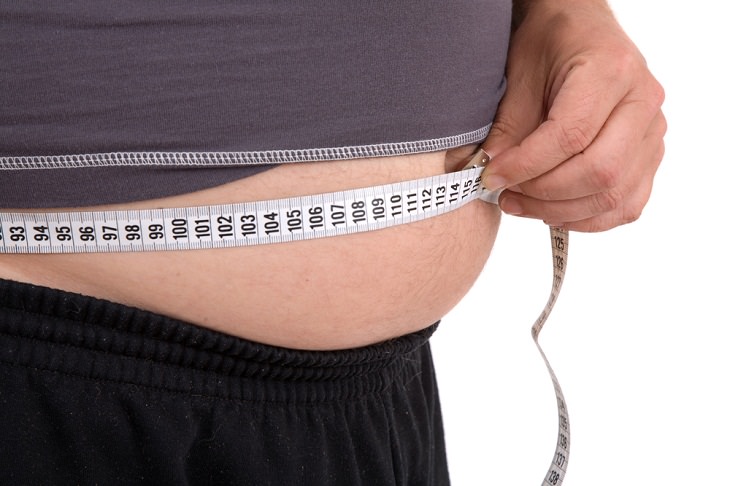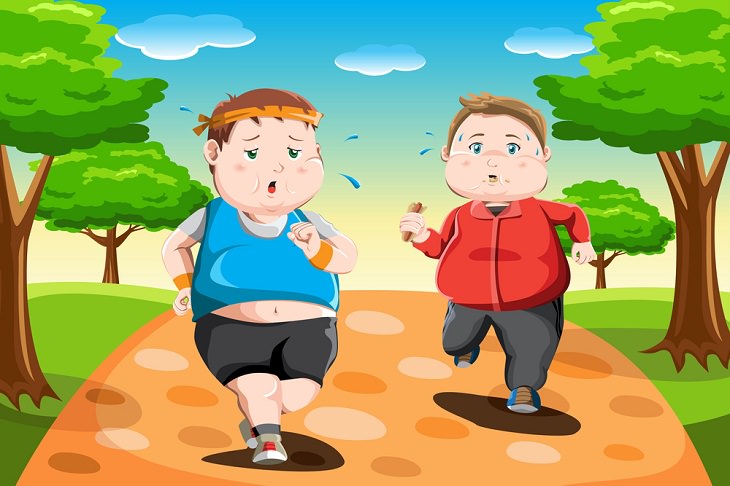According to a new study, environmental pollution is worsening global obesity rates. But how are the two related? A major scientific review says that pollutants can upset the human body’s "metabolic thermostat" and even cause obesity to be passed on to children.
The concept that toxins are known as "obesogens" can affect how the body regulates weight is not yet widely accepted. However, the hundreds of scientists involved in this study argue that the evidence is now so strong that it cannot be overlooked.
They further mention that the most alarming facet of the proof is that some chemical effects that cause weight gain are likely to be passed on through generations by altering gene function. The researchers attribute obesity to pollutants like bisphenol A (BPA), which is often added to plastics, a few pesticides, flame retardants, and air pollution.
Global obesity has tripled since 1975. Today, more people are obese or overweight than underweight. Disturbingly, the obesity rates are rising in every nation analyzed and data shows that almost 2 billion people and 40 million children under the age of five are either overweight or fat.
Dr. Jerrold Heindel, the lead author of one of the three review papers, says that the focus of the clinical people is on calories - if you consume more calories, you'll gain weight. So, they wait until you get overweight, and then start providing you with weight-reduction plans, remedies, or surgical procedures. “If that really worked, we should see a decline in the rates of obesity,” he said. “But we don’t – obesity continues to rise, especially in children. The real question is, why do people eat more? The obesogenic paradigm focuses on that and provides data that indicate that these chemicals are what can do that.”
Furthermore, the scientists involved in the study say that the approach can prevent obesity by limiting pollution exposure, especially in pregnant women and newborns.
Various Supporting Studies
More than 40 scientists submitted three review papers in the peer-reviewed journal Biochemical Pharmacology and citing 1,400 studies. They note that these compounds may be found in water as well as dust, food packaging, personal hygiene products, home cleaners, furniture, and electronics.
Based on investigations of human cells and animals and epidemiological studies of people, the review identified about 50 chemical compounds as having solid evidence of obesogenic effects. These include BPA, a plastic additive, and phthalates. A 2020 analysis of 15 studies discovered a major connection between BPA levels and obesity in adults in 12 of them.
Pesticides, such as DDT and tributyltin, outdated flame retardants and their new substitutes, dioxins, PCBs, and air pollution are all different kinds of obesogens. The latest research has linked childhood exposure to filthy air to obesity.
The review also labels PFAS compounds (also called “forever chemicals”) as obesogens because of their long-term persistence in the environment. These are typically found in food packaging, kitchenware, and furnishings, as well as some kid car seats. A two-year, randomized scientific trial published in 2018 discovered that people with the highest PFAS levels, especially women, gained more weight after dieting.
It has been well documented that antidepressants can also cause weight gain. Heindel added that this is a proof drugs designed for one purpose can have uncomfortable side effects that intervene with our metabolism. Different artificial sweeteners and triclosan, an antibacterial agent banned from some usage in the United States in 2017, have also been identified as obesogens.
How It Works
The study further states that obesogens work by disrupting the body's "metabolic thermostat”. This makes it easier to gain weight and harder to lose it.
The scientists mentioned that pollutants can directly impact the number and size of fat cells, change the signals that make people feel full, and change thyroid function and the dopamine reward system. They can also affect the gut flora (the microbiome within the intestine) and cause weight gain by making the absorption of calories from the intestines easier.
Prof Robert Lustig at the University of California, San Francisco, and lead author of another of the reviews, says that the chemicals dumped in the environment have these side effects as they make the cells do things they would not do in any other case, and one of those things is laying down fat.
The researchers further state that we've got four or five chemicals that will also cause transgenerational epigenetic obesity. They are referring to the inherited alterations in gene expression. A 2021 study found that a woman's exposure to DDT could affect her granddaughter's obesity levels today. This, despite the fact that the granddaughters were never directly exposed to the long-banned pesticide.
What Can Be Done?
As of now, it’s not known exactly much of the obesity pandemic may be caused by obesogens. However, Heindel says that “obesogens will account for about 15% to 20% of the obesity epidemic”. This is an excessive amount, he says, and attributes the remaining to processed meal diets, which themselves contain some obesogens.
Unfortunately, cutting exposure to obesogens is difficult. This is because there are now 350,000 artificial chemical compounds and many of which are widespread within the environment. Nonetheless, those known to be harmful can be removed from sale.
Additionally, expectant moms can modify what they eat and keep a close watch on what their kids play with during their first 12 months. “Studies have shown modifying diets can within a week or so cause a significant drop in several obesogens,” Heindel mentions.
The researchers say that the cause is quite common and is also profitable for a lot of chemical firms. However, they feel that the “knowledge gap” among doctors, regulators, and policymakers must be addressed.
It remains to be seen how other researchers react to this study. But if the data is strong enough, obesity researchers and clinicians would certainly need to start paying serious attention to the issue.
Share this post with friends and family...



